Choosing the right grout for your ceramic tiles is a crucial decision that can greatly impact the overall look and durability of your tile installation. This article aims to provide you with a comprehensive guide to help you make an informed choice.
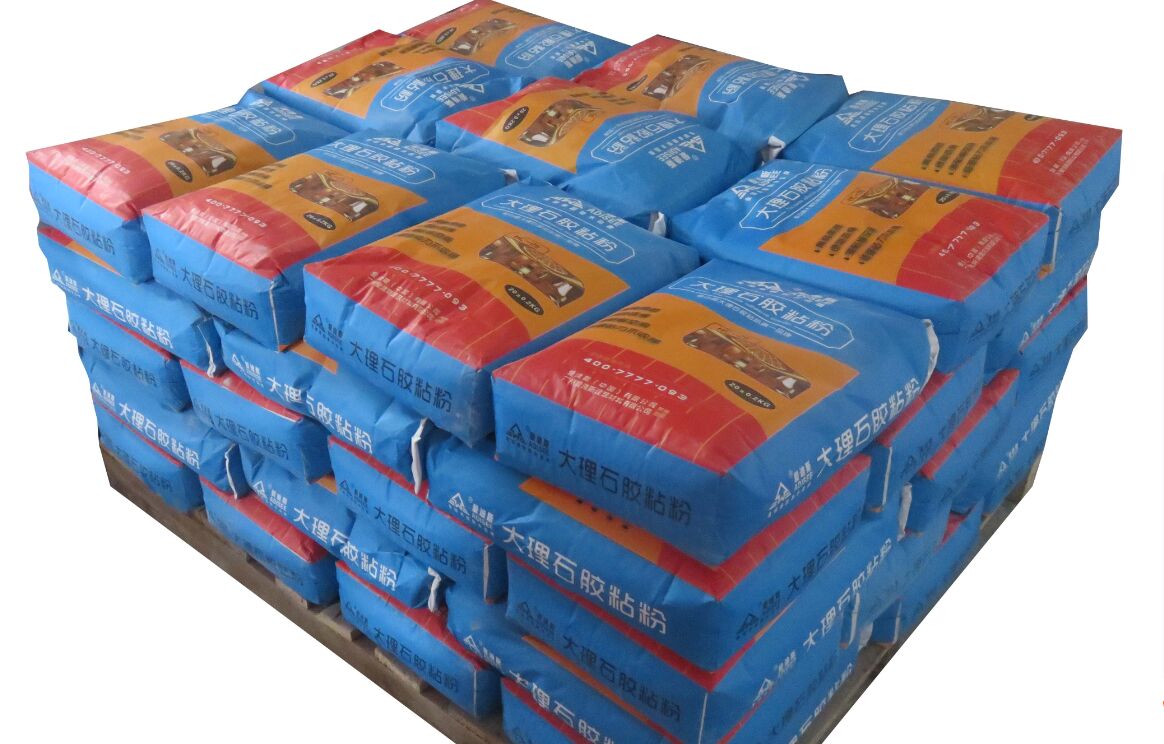
The first step in choosing the right grout is understanding the different types available. Grout options include sanded, unsanded, epoxy, and urethane grouts, each with its own unique characteristics and applications.
Assessing your tile and grout needs is the next important consideration. Factors such as tile size, material, and location will determine the type of grout that is most suitable for your project.
Durability and maintenance are also vital factors to consider. Some grouts are more resistant to stains and cracking, making them ideal for high-traffic areas or areas prone to moisture.
Finally, exploring color and aesthetic options allows you to customize the look of your tile installation. From traditional neutrals to bold and vibrant colors, the choice of grout color can greatly enhance the overall design of your space.
To ensure a successful grout installation and proper maintenance, expert tips will be provided to guide you through the process. By following these guidelines, you can achieve a beautiful and long-lasting ceramic tile installation that meets your functional and aesthetic needs Grout For Ceramic Tiles.
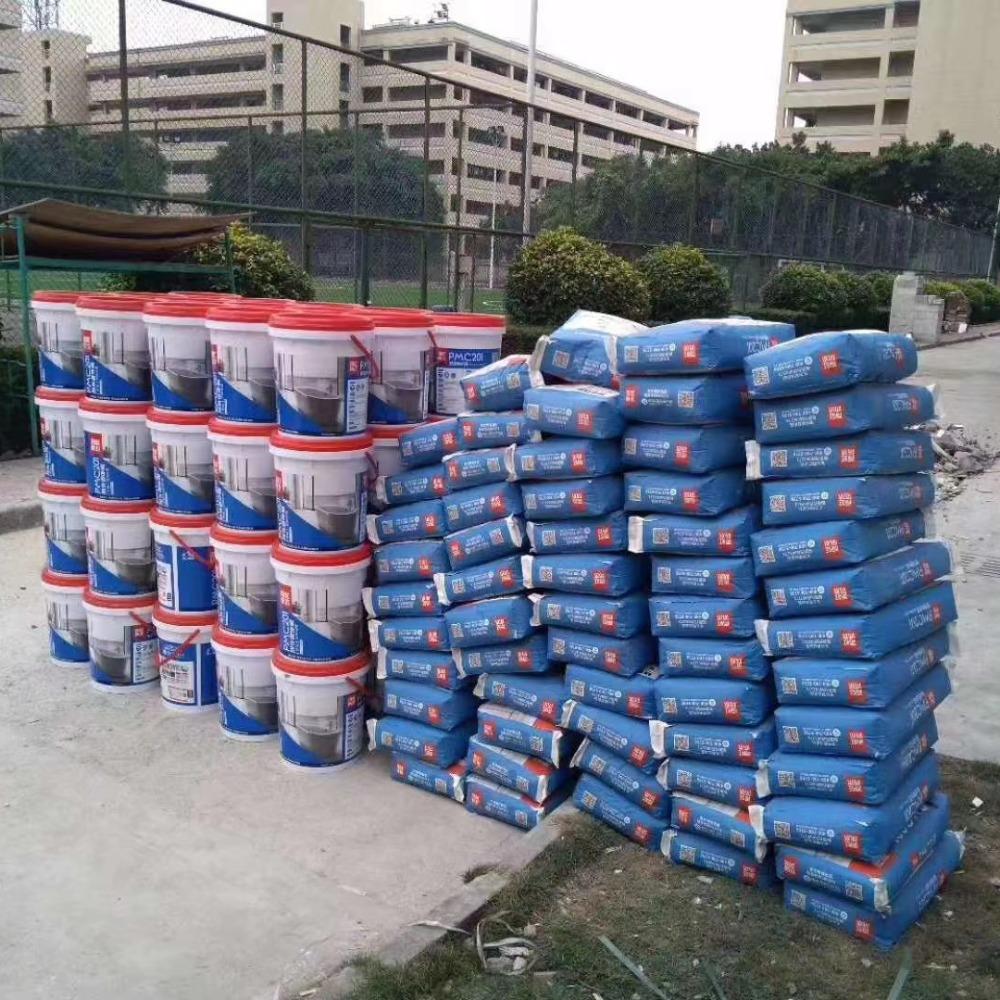
The knowledge of the various types of grout is essential in order to make an informed decision when selecting the appropriate grout for ceramic tiles. Grout is a cement-based material used to fill the gaps between tiles, providing stability and preventing water penetration.
There are three main types of grout:
Understanding the differences between these grout types will ensure the longevity and functionality of ceramic tiles.
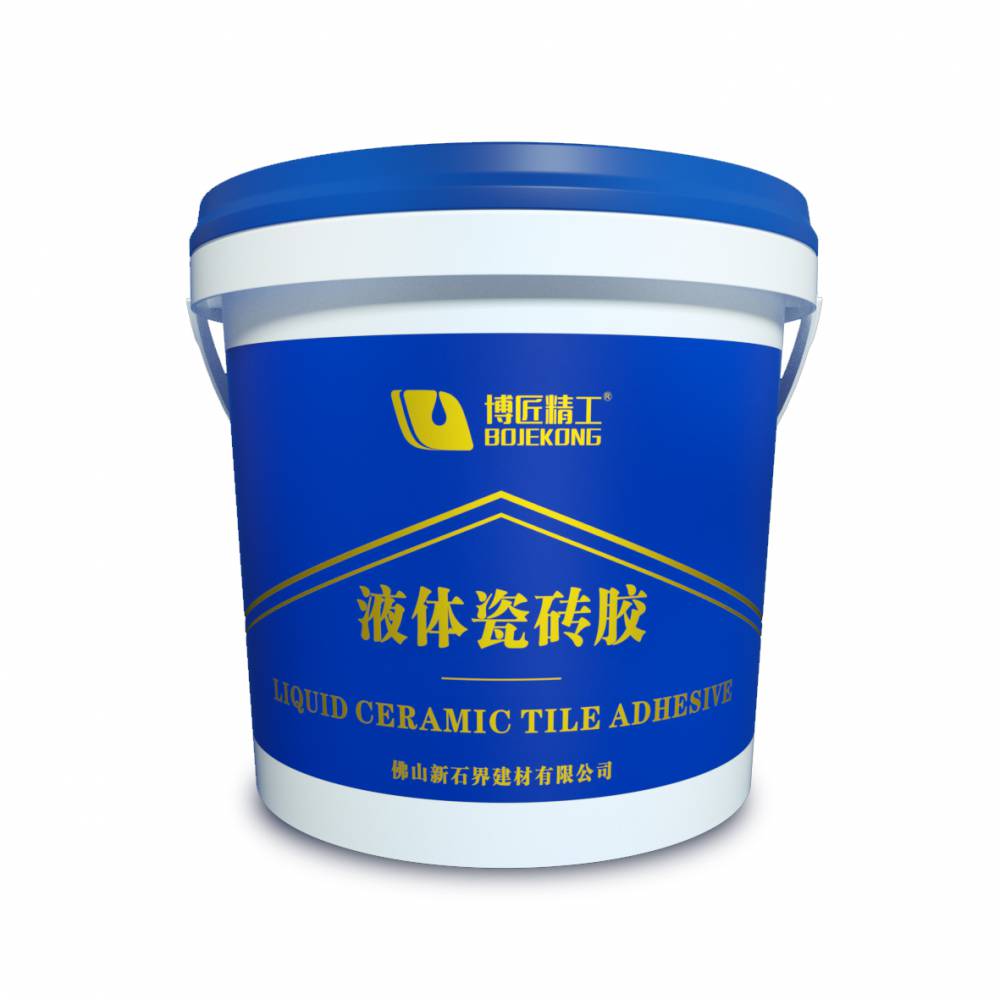
When considering the appropriate grout for ceramic tile installations, it is crucial to first assess and understand the specific requirements of the tiles and grout. This assessment ensures that the chosen grout will adequately meet the needs of the project.
To effectively assess your tile and grout needs, consider the following:
Tile material: Different types of tiles, such as porcelain or natural stone, have varying characteristics that can impact the choice of grout. For example, highly porous tiles may require a grout with greater water resistance.
- Tile size and spacing: The size and spacing of the tiles can influence the type of grout needed. Larger tiles may require a more flexible grout to accommodate potential movement, while smaller tiles may benefit from a finer grout to ensure proper coverage.
- Location and use: Consider the location of the tiles and the expected level of foot traffic or moisture exposure. High-traffic or wet areas may necessitate a more durable and water-resistant grout.
- Aesthetic preferences: Finally, consider the desired aesthetic outcome of the project. The color and texture of the grout can significantly impact the overall appearance of the tiled surface.
By thoroughly assessing these factors, you can choose the right grout that will effectively meet the needs of your ceramic tile installation.
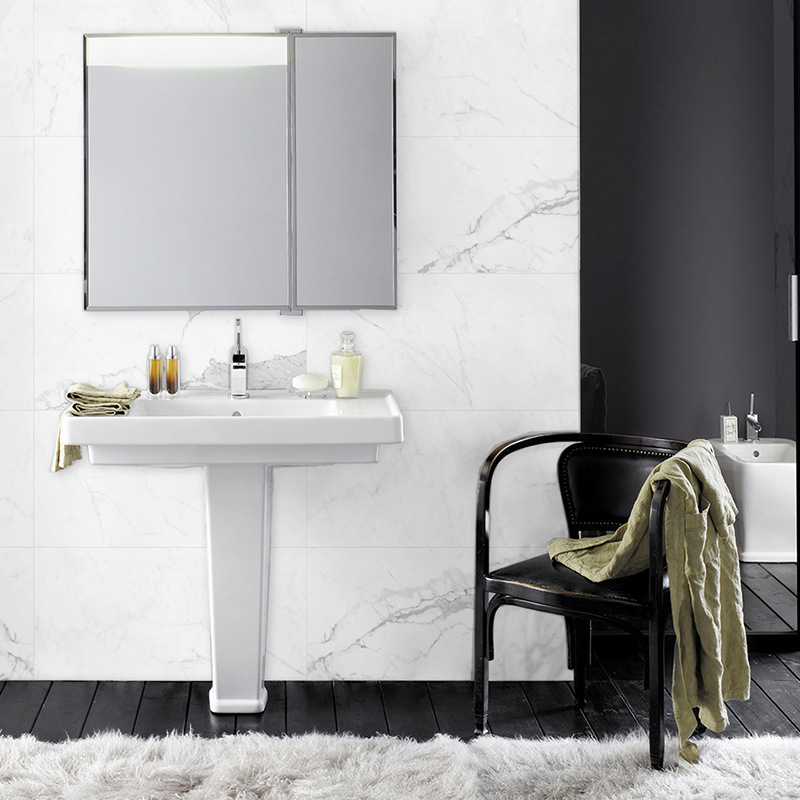
Considering the longevity and upkeep of grout is essential in ensuring the durability and maintenance of ceramic tile installations.
When choosing the right grout for your ceramic tiles, it is important to select a type that will withstand daily wear and tear. Epoxy grout is known for its exceptional durability and resistance to stains, making it a popular choice for high-traffic areas such as kitchens and bathrooms.
Cement-based grout, on the other hand, is less expensive and easier to work with, but may require more frequent maintenance to prevent staining and discoloration.
It is also worth considering the color of the grout, as lighter shades are more prone to showing dirt and may require more frequent cleaning.
Ultimately, selecting a grout that matches your specific needs and maintenance capabilities is crucial in ensuring the longevity and aesthetic appeal of your ceramic tile installation.
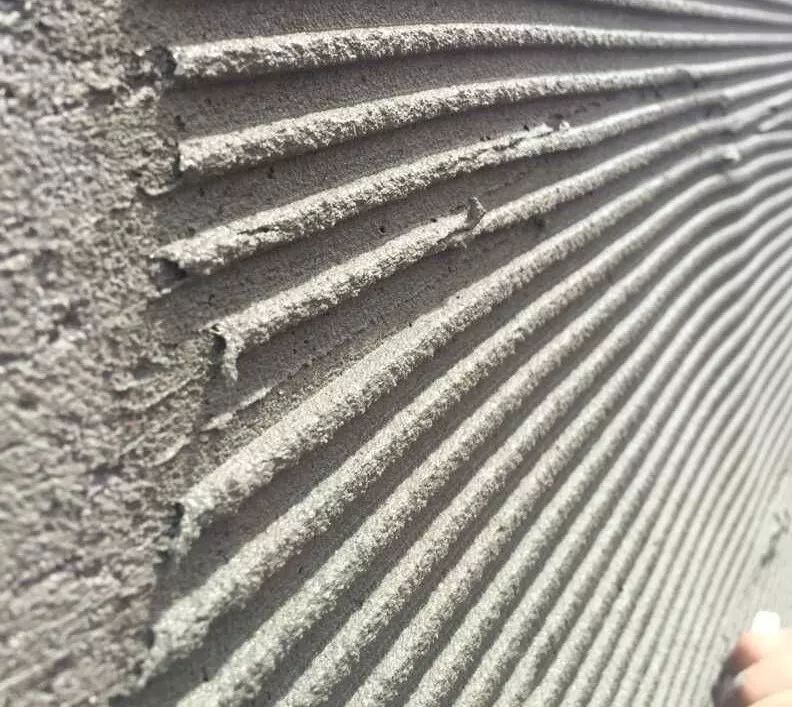

Exploring the various color options and aesthetic possibilities allow for a visually pleasing and customized ceramic tile installation.
When choosing grout color, it is important to consider the overall design scheme and desired effect. Light-colored grout can create a clean and seamless look, making the tiles appear larger and more spacious. Conversely, dark-colored grout can add depth and definition to the tiles, highlighting their individual patterns and textures.
Additionally, there are grout options with flecks of color or metallic accents that can provide a unique and eye-catching aesthetic. However, it is important to note that colored grout may require more maintenance and regular cleaning to prevent staining and discoloration over time.
Ultimately, the choice of grout color and aesthetic should align with the desired style and maintenance preferences, ensuring a visually appealing and long-lasting ceramic tile installation.
## Expert Tips for Grout Installation and Maintenance
To ensure the longevity and quality of a ceramic tile installation, it is essential to follow expert tips for grout installation and maintenance.
Firstly, it is crucial to properly mix the grout according to the manufacturer's instructions. Consistency is key, as too much water can weaken the grout and compromise its durability.
Additionally, it is important to apply the grout evenly and thoroughly, making sure to fill all the gaps between the tiles.
After installation, it is recommended to seal the grout to protect it from stains and moisture.
Regular cleaning is also necessary to maintain the grout's appearance and prevent the buildup of dirt and grime.
By following these expert tips, one can ensure a successful grout installation and extend the lifespan of the ceramic tile installation.
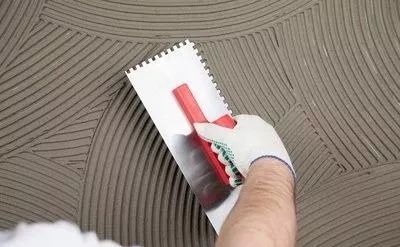
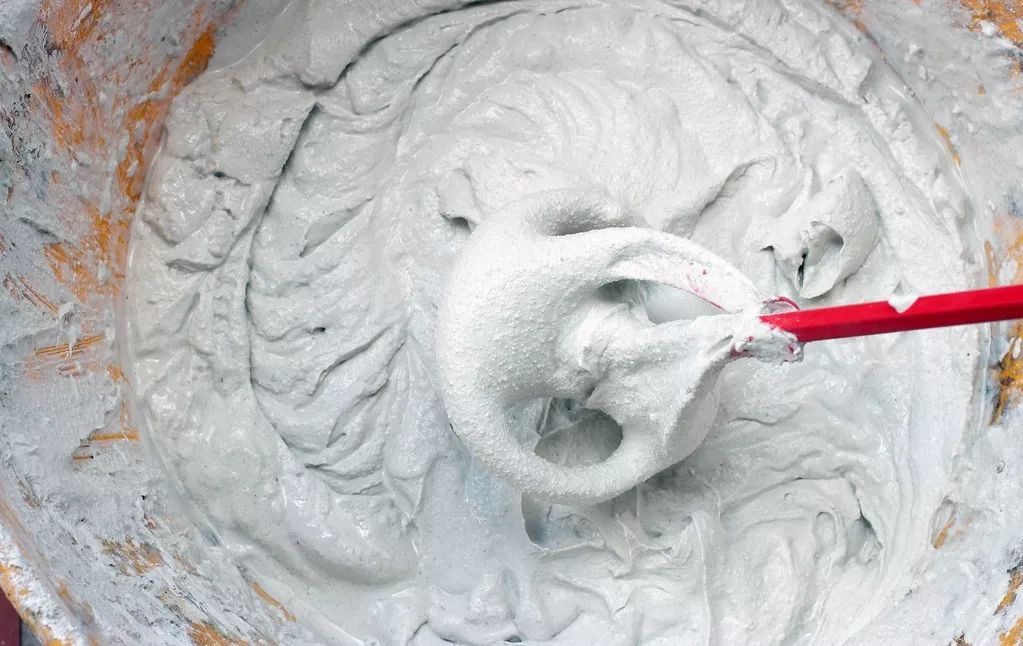
Yes, grout can be used for other types of tiles besides ceramic tiles. It serves as a filler between tiles, providing structural support and preventing water infiltration. Its composition and application may vary depending on the specific tile material.
There are potential health risks associated with certain types of grout. For example, some grouts may contain harmful chemicals or produce dust that can irritate the respiratory system. It is important to choose grouts that are low in volatile organic compounds (VOCs) and follow safety guidelines during installation.
Using the wrong type of grout for ceramic tiles can result in various consequences. These may include inadequate bonding between tiles, increased risk of cracking or chipping, reduced durability, poor water resistance, and difficulty in cleaning and maintaining the tiles.
The cost of different types of grout can vary depending on factors such as brand, quality, and specific characteristics. It is important to consider these factors when selecting grout for ceramic tiles.
Grout color can be changed or modified after installation by using grout colorants or stains. These products are designed to penetrate the porous surface of the grout and permanently change its color, providing a way to update or customize the appearance of ceramic tiles.
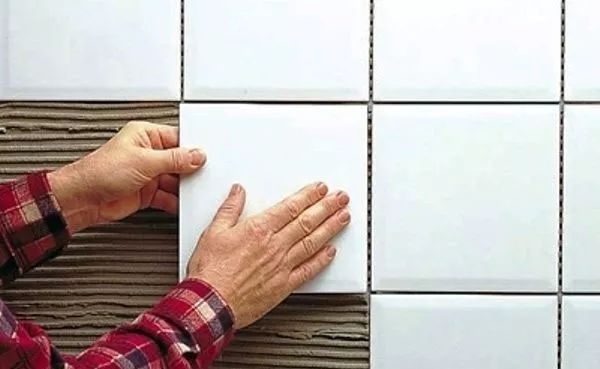
In conclusion, choosing the right grout for your ceramic tiles requires careful consideration of various factors. Understanding the different types of grout available and assessing your specific tile and grout needs is crucial.
Furthermore, durability and maintenance should be taken into account to ensure long-lasting results. Lastly, exploring color and aesthetic options can enhance the overall look of your ceramic tiles.
By following expert tips for grout installation and maintenance, you can achieve a beautiful and functional ceramic tile installation.
More information, please contact us.